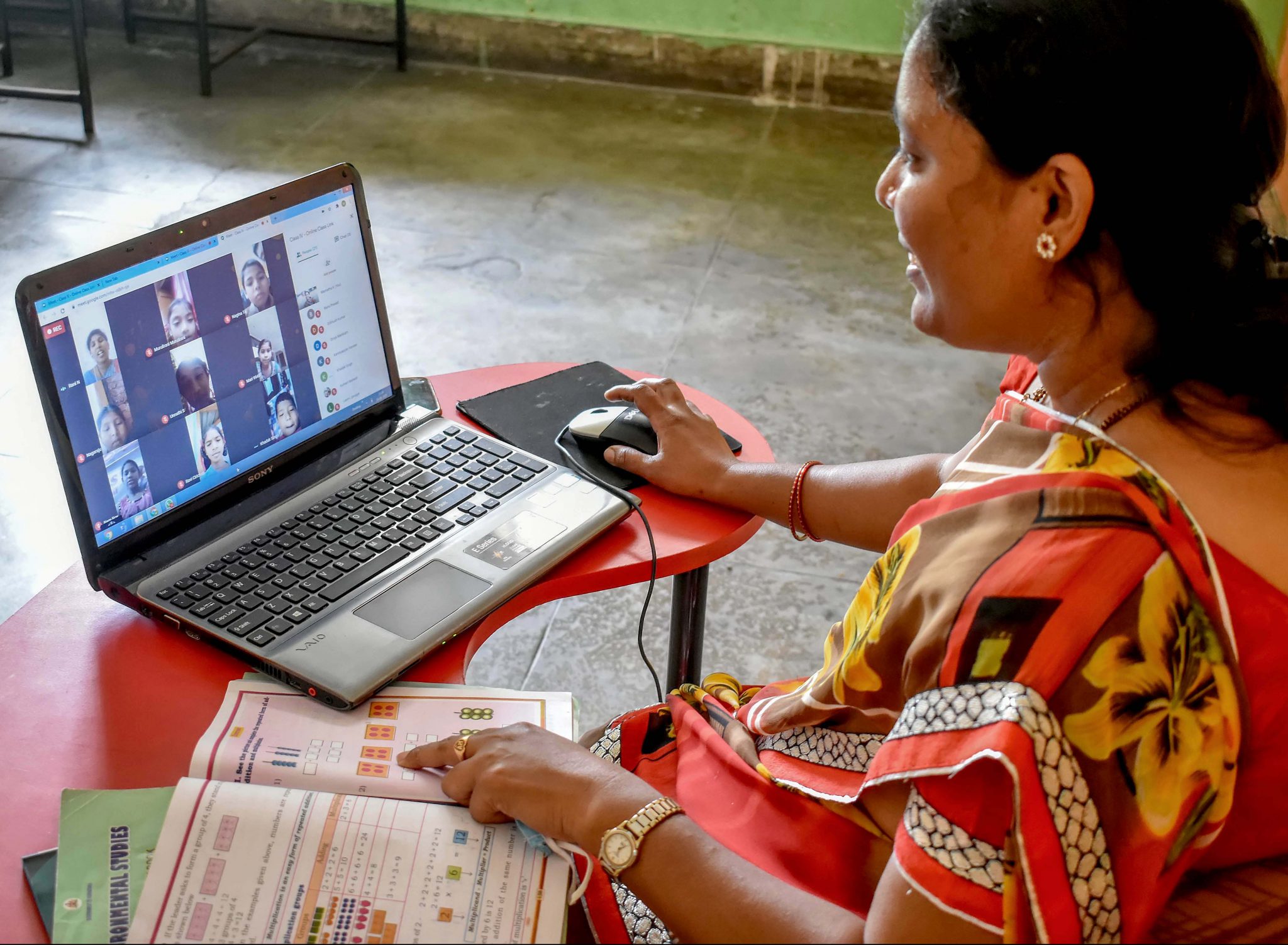- Courses
- GS Full Course 1 Year
- GS Full Course 2 Year
- GS Full Course 3 Year
- GS Full Course Till Selection
- Answer Alpha: Mains 2025 Mentorship
- MEP (Mains Enrichment Programme) Data, Facts
- Essay Target – 150+ Marks
- Online Program
- GS Recorded Course
- Polity
- Geography
- Economy
- Ancient, Medieval and Art & Culture AMAC
- Modern India, Post Independence & World History
- Environment
- Governance
- Science & Technology
- International Relations and Internal Security
- Disaster Management
- Ethics
- NCERT Current Affairs
- Indian Society and Social Issue
- NCERT- Science and Technology
- NCERT - Geography
- NCERT - Ancient History
- NCERT- World History
- NCERT Modern History
- CSAT
- 5 LAYERED ARJUNA Mentorship
- Public Administration Optional
- ABOUT US
- OUR TOPPERS
- TEST SERIES
- FREE STUDY MATERIAL
- VIDEOS
- CONTACT US
JUDICIAL PROCESSES AND THEIR REFORMS REPORT
JUDICIAL PROCESSES AND THEIR REFORMS REPORT
10-02-2024
Recently, the Standing Committee on Personnel, Public Grievances, and Law and Justice submitted a report on Judicial processes and reforms.
Article 130, Constitution of India 1950The Supreme Court shall sit in Delhi or in such other places or places, as the Chief Justice of India may, with the approval of the President, from time to time, appoint. |
Key Observations and Recommendations of the report: -
- Regional Benches of the Supreme Court: The Committee understands that people from far-away places find it hard to reach the Supreme Court in Delhi. To fix this, it proposes creating courts in different regions. These courts can deal with some types of cases, while important Constitutional cases stay in Delhi.
- Social Diversity in Judge Appointments: The report emphasizes the lack of diversity in the higher judiciary, particularly in terms of representation from Scheduled Castes, Scheduled Tribes, Other Backward Classes, Women, and Minorities. It recommends the appointment of a more diverse range of judges by the Collegiums of the Supreme Court and High Courts.
- Retirement Age for Judges: Raising the age at which judges retire to match longer life expectancies and medical progress. Currently, Supreme Court judges step down at 65, and High Court judges at 62. It also recommends evaluating judges' performance before extending their time in office.
- Mandatory Declaration of Assets: While other government officials must declare their assets annually, judges are not required to do this. The Committee suggests implementing a law requiring judges to disclose their assets and liabilities annually.
- Vacations in the Supreme Court and High Courts: The report emphasizes that when all judges take vacation together, it causes big backlogs of cases and problems for people involved in lawsuits. It suggests that judges take vacations at different times to lessen the number of pending cases and make things easier for those involved in legal matters.
- Annual Reports of High Courts: The Committee emphasizes the importance of High Courts publishing annual reports to assess their performance. It suggests the Department of Justice encourage all High Courts to prepare and publish annual reports, similar to the Supreme Court's practice.
Challenges in the Indian Judicial System |
Reforms Needed |
|
Increase recruitment drives to fill vacant positions |
|
Introduce transparent appointment procedures |
|
Implement measures to expedite case disposal |
|
Allocate more funds for improving judicial facilities |
|
Enhance recruitment and training of support staff |
|
Encourage diversity in judicial appointments |
|
Review bail procedures to reduce undertrial population |
|
Amend outdated laws to streamline legal processes |
|
Delegate non-judicial tasks to support staff |
Previous Significant Judicial Reforms
- National Mission for Justice Delivery and Legal Reforms (2011): Launched to enhance access, reduce delays, and improve accountability through structural changes.
- Filling up Vacant Positions in Judiciary (2014-2022): Appointed 46 judges to the Supreme Court and 769 new judges to High Courts.
- Alternative Dispute Resolution (ADR):
-
- Utilizing Lok Adalats, Gram Nyayalayas, and Online Dispute Resolution for timely justice.
- Commercial Courts Act 2015 mandates pre-institution mediation for commercial disputes.
- Initiatives to Fast Track Special Cases: Establishing fast-track courts for expedited justice in cases involving heinous crimes, senior citizens, women, and children.
- Leveraging Information and Communication Technology (ICT):
-
- Virtual court system for conducting proceedings through videoconferencing.
- e-Sewa Kendras for e-filing services, bridging the digital divide.
- National Judicial Data Grid (NJDG) for case and order information.
- National Service and Tracking of Electronic Processes (NSTEP) for technology-enabled summons.
- Secure, Scalable & Sugamya Website as a Service (S3WAAS): A divyang-friendly website in 13 languages for the e-committee.



